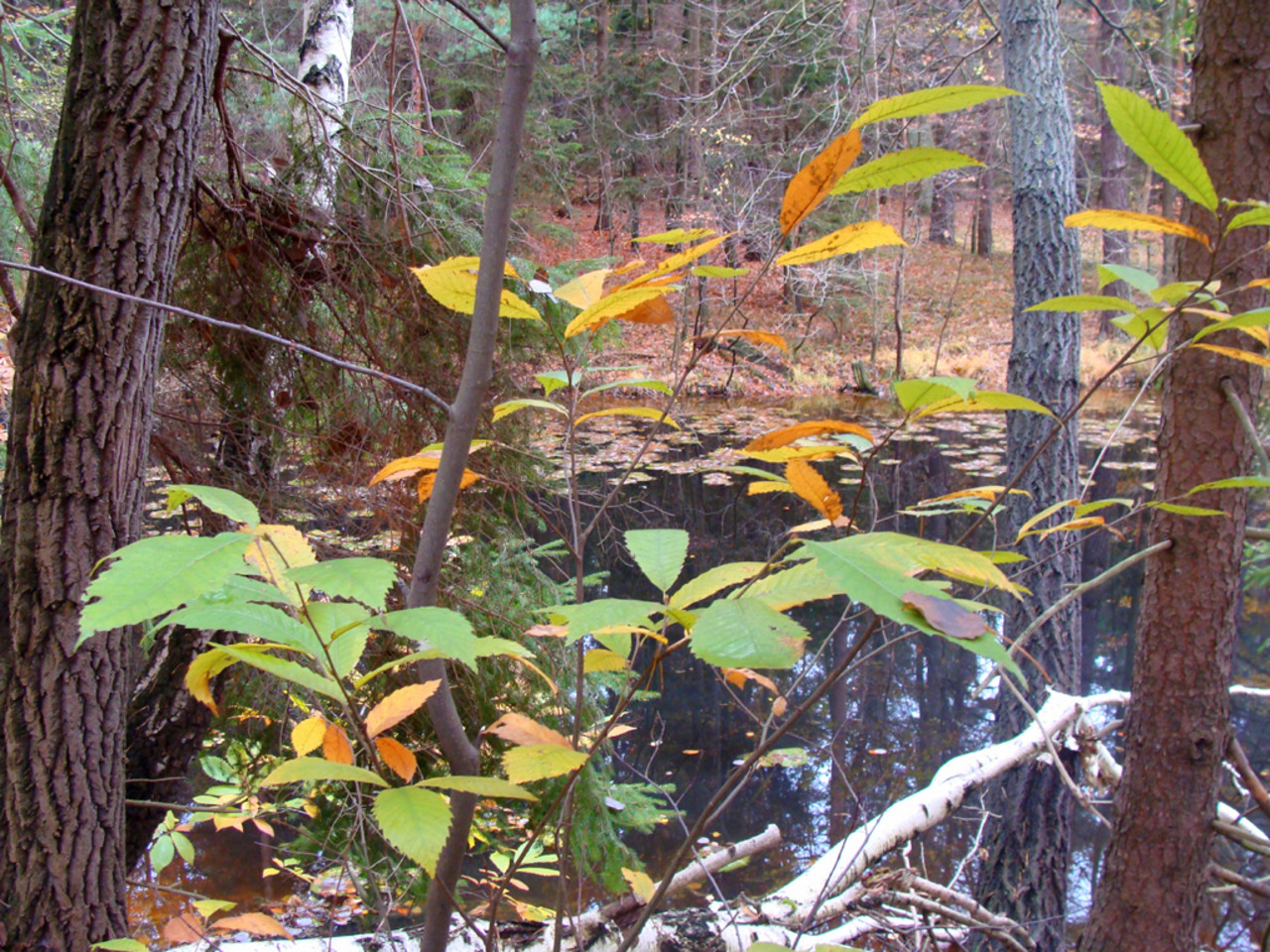Wine Tasting
작성자 정보
- Bess 작성
- 작성일
본문
Wine Tasting
What is the tasting process?
The tasting course of in wine tasting includes a number of key steps that help consider and appreciate the complexities of wine. Here’s a breakdown of every stage:
1. Observation
Begin by inspecting the wine’s appearance. This consists of:
- Color: Observe the hue, which might provide perception into the age and sort of the wine.
- Clarity: Look for any cloudiness or sediment.
- Viscosity: Swirl the wine and observe the legs that type on the glass; thicker legs could point out larger alcohol content material or sweetness.
2. Swirling
Gently swirl the wine in the glass to aerate it, which enhances its aromas. This motion encourages risky compounds to flee, enriching your sniffing experience.
3. Smelling
Bring the glass to your nose and take a deep breath. Identify completely different aromas, which can vary from fruity, floral, spicy, to earthy. Think about:
- Intensity: How robust are the aromas?
- Complexity: Are there a number of layers of scents?
4. Tasting
Take a small sip of the wine and let it coat your palate. Focus on:
- Flavor: What flavors do you detect? Are they much like the aromas?
- Body: Is the wine gentle, medium, or full-bodied?
- Balance: Consider the connection between acidity, sweetness, tannins (in reds), and alcohol.
- Finish: Pay attention to the aftertaste; does it linger? What flavors remain?
5. Reflecting
Take a second to appreciate the general expertise. Consider how the wine makes you feel and whether or not you want to take pleasure in it again. Document your impressions if you’re tasting a quantity of wines!
Following these steps can improve your wine-tasting expertise, allowing you to understand the intricacies of various varieties and kinds.
What is wine tasting session?
A wine tasting session is an organized occasion the place people can sample and consider varied wines. It is an opportunity to discover completely different wine varieties, perceive their distinct flavors, and learn in regards to the wine-making process.
Key Components of a Wine Tasting Session
- Selection of Wines: A number of wines are chosen for the tasting, usually specializing in a specific area, grape variety, or fashion.
- Tasting Techniques: Participants are guided on how to properly style wine, which includes looking, smelling, and sipping to analyze the wine’s characteristics.
- Food Pairings: Some classes could embody food pairings, enhancing the tasting expertise by demonstrating how certain meals complement specific wines.
- Expert Guidance: Typically, a sommelier or wine skilled leads the session, providing insights and answering questions about every wine.
Common Objectives of Wine Tasting
- To develop an appreciation for various wine kinds and flavors.
- To educate individuals about wine regions, grape varieties, and manufacturing methods.
- To establish personal preferences for wines.
- To foster social interplay among participants via a shared experience.
Overall, a wine tasting session is both an educational and enjoyable occasion, perfect for wine enthusiasts and novices alike.
Is wine tasting formal?
Wine tasting can range in formality depending on the setting and event. In some cases, it could be quite formal, happening in upscale environments the place specific protocols are adopted. This might embody guided tastings led by sommeliers, with a focus on the wine's traits and pairing recommendations.
On the opposite hand, wine tasting can be an informal expertise, corresponding to at festivals, casual gatherings, or home tastings with pals. In these situations, the emphasis is usually extra on enjoyment and exploration rather than strict rules.
Formal Wine Tasting
In a proper wine tasting, members would possibly dress up, adhere to a schedule, and take part in structured evaluations of various wines. The use of particular terminology and the presence of a facilitator is widespread. Tasting notes may be taken, and food pairings are sometimes included to reinforce the expertise.

Casual Wine Tasting
Conversely, informal wine tasting allows for more flexibility. Participants might simply pour and sip with none predefined structure or tips. Discussions could also be informal, specializing in private preferences and experiences quite than technical details.
Ultimately, whether a wine tasting is formal or informal can depend on the context and op the preferences of those involved.
관련자료
-
이전
-
다음
